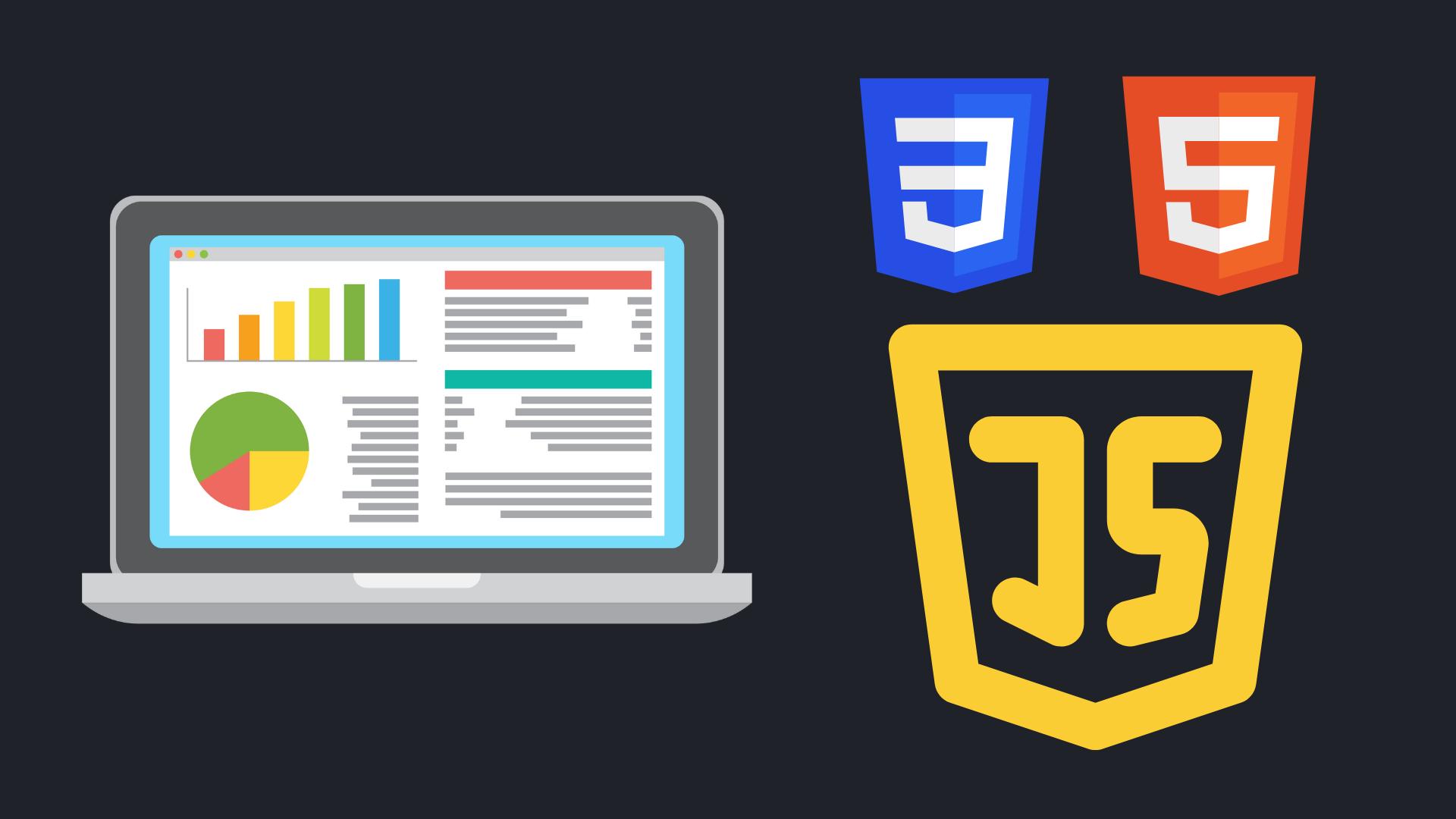Do you want to enter in the coding world and become a professional front-end developer?
Taking the first step in the development field can be daunting, but with a bit of hard work, focus and lots of practice, anyone can easily learn about coding and build a good career in front-end development. This article will cover all the steps and guidelines to become a successful front-end developer.
What is Front-end Development?
Front-end development refers to the creation and maintenance of the user interface (UI) and user experience (UX) of a website or application. It involves designing, building, and implementing the visual and interactive elements of a website or application that users interact with directly, such as the layout, graphics, animations, forms, buttons, and navigation.
Front-end developers use a combination of programming languages such as HTML, CSS, and JavaScript, as well as frameworks and libraries like React, Angular, and Vue to create web pages that are optimized for fast loading and a great user experience across various devices and platforms. They work closely with designers to ensure the visual design and user experience align with the business objectives and the needs of the target audience.
Step One: Learn the Basics
To become a front-end developer, you need to learn some basic things about coding. You must understand how websites and apps work. Three important things to learn are HTML, CSS, and JavaScript.
HTML is the foundation of all web pages. It helps to create the structure and layout of a web page, like where things go and what they look like.
CSS helps to style web pages. It lets you change the way things look, like the colors, fonts, and animations.
JavaScript makes websites interactive. It helps to create things like moving pictures or buttons you can click on.
If you’re just starting out, there are many online courses and tutorials to help you learn. They can teach you about HTML, CSS, and JavaScript, and show you how to make your own web pages.
Step Two: Practice, Practice, Practice!
Learning the basics of coding is just the beginning. After that, you need to practice what you’ve learned. One way to do that is by creating small projects using HTML, CSS, and JavaScript.
For example, you can start by making a simple website. First, you learn how to use HTML to make the structure of the page. Then you add CSS to make it look nice. Finally, you use JavaScript to make it interactive, like adding buttons or animations. This project will help you practice coding and understand the concepts better.
Another way to practice is by writing code snippets that do specific things. For instance, you can create a code that makes something happen when you move your mouse over a picture. This will make you better at coding and improve your knowledge of HTML, CSS, and JavaScript.
There are many online resources to help you become a front-end developer. You can find websites that offer courses and tutorials, like Code Academy. You can also join online communities, like Stack Overflow, where developers share ideas and help each other with coding problems.
Step Three: Get Familiar with Frontend Frameworks and Libraries
As a front-end developer, it is important to understand how to use frameworks and libraries to boost your coding productivity and build complex web applications.
Frameworks such as React and Angular are popular tools used to create webpages and applications. They provide developers with a set of tools and resources such as components, extensions and other features that make building websites and applications easier.
Another useful tool is Bootstrap. Bootstrap is a library of HTML, CSS and JavaScript that gives developers pre-built components such as grids, navigation, buttons and more. This makes it easy to create complex webpages and web applications without having to write hundreds of lines of code.
Step Four: Stay Up to Date in Development Industry.
In a constantly changing tech industry, it is important for front-end developers to stay up to date on new technologies and trends. New techniques, tools, and frameworks are introduced all the time and it is essential to learn and understand them in order to stay competitive in the field.
Signing up for online newsletters, developer forums or other forms of online media can help you stay in the loop with the latest front-end technology trends. Keeping an eye on the best front-end development blogs can also help you stay on top of the latest trends and help you improve your coding skills.
Step Five: Build a Portfolio and Get Certified
Once you have become familiar with coding, frameworks and libraries, it is time to build a portfolio of your work. Showcase the projects you have built, share the code snippets you have written, and upload your best work. Having a portfolio is essential as it shows potential employers and recruiters your skill level and what you are capable of.
You could also consider taking an online certification course to demonstrate your knowledge and skills. These courses provide a structure to test and verify your knowledge, and they can be instrumental in helping you land a job.
Step Six: Landing a Job as a Front-End Developer
By this point, you should be confident in your coding skills and it’s time to start looking for a job. Take some time to research job postings, companies and the job market in your city or region. This will help you understand the local market and the types of jobs that are available.
To find a job in a specific field, it’s important to update your resume and LinkedIn profile. You should include your skills, portfolio, and relevant projects. Make sure everything is up to date. You can also add any certifications, awards, or extracurricular activities you’ve done to show employers you’re dedicated and passionate about your work.
Finally, don’t be afraid to reach out directly to companies and let them know of your interest in the role. Utilising your network to connect with recruiters and employers is also a great way to find job opportunities.
Conclusion
This article has provided an overview of the steps required to become a front-end developer. Learning the basic coding fundamentals, building a portfolio and staying up to date on the latest technologies are essential steps to becoming a successful front-end developer.
It takes hard work, but with the right attitude and dedication, anyone can learn the necessary skills to become a front-end developer. Best of luck on your journey!
You would also like to learn about Github Copilot




